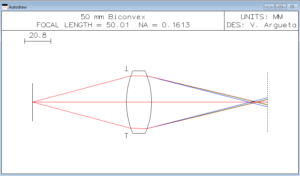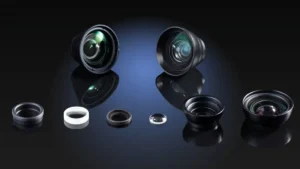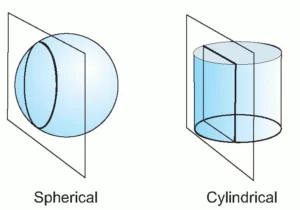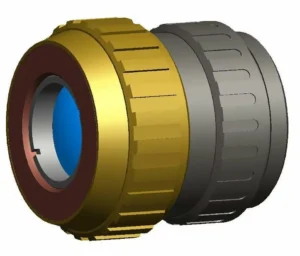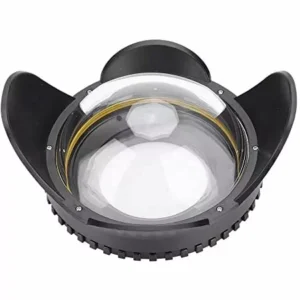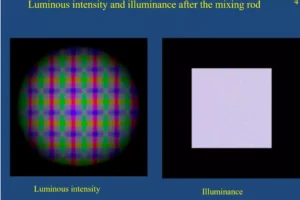Beam splitters are a fundamental element in optical systems. Beam splitters are, in essence, optical components used to divide a single light source (usually a laser) into two separate beams. The more common kind of beam splitters (the kind that you can find in most colleges or labs) is a beam splitter that can split the light source into two beams regardless of the light source’s wavelength or polarization.
They can be shaped as a cube or a plate and their price can be just a couple of hundred dollars in low volume and a few dollars in production volume (although, as with many optical components the price is strongly tied to the size of the component).
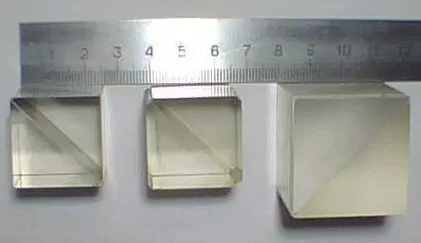
However, it is possible to create more interesting beam splitters that can be used for very specific applications. Here are just a few different kinds of beam splitters:
Custom beam splitting ratio
It is possible to design a beam splitter whose split beams don’t have equal amount of light intensity. For example, a 10:90 (RT) beam splitter will provide you with a reflected beam with 10% of the source intensity and 90% of the source intensity will be in the transmitted beam. Similarly, you can have any possible ratio, although the most common off-the-shelf ratios are: 10:90, 30:70, and 50:50.
Visible, NIR, IR and UV
Depending on the material and thin-films used to fabricate the beam splitter, you can have an optical element that works in a very specific region of the electromagnetic spectrum. As in many other optical components, these bands are usually: 280-400nm for UV, 400-700 nm for visible, 700-1100nm for NIR, and 1100-1600 for IR.
Polarization Beam Splitters
These beam splitters divide the incoming light into two beams with different polarizations. You have to be careful when orienting these beam splitters to determine which polarization (S- or P-) will be transmitted and which one will be reflected. A very interesting way to create the polarizing effect is by placing an array of metallic wires between two BK-7 (or different glass) prisms. A further advantage of using this wired grid is that the Beam splitters will have a larger angle of incidence than traditional beam splitters based on thin-film elements.
Dichroic Beam Splitters.
These are very interesting beam splitters. You can think of them as selective mirrors (actually, some vendors sell them as dichroic mirrors and others as dichroic beams splitters). The idea is that these optical elements have a cut-off wavelength. So light above their threshold will be transmitted and wavelengths below them will be reflected. These beam splitters are widely used in scanning microscope designs and confocal microscopes.
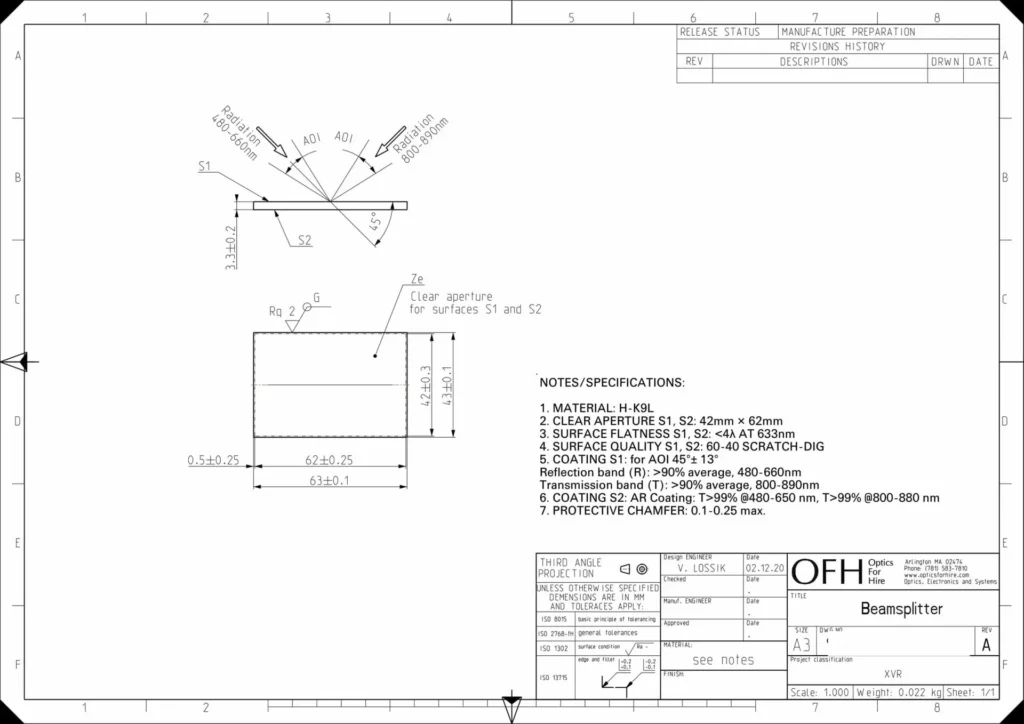
Example beam splitter manufacturing drawing
Diffractive beam splitters
A diffractive beam splitter is a diffractive optical element (DOE) used to split a single collimated laser beam into several beams with the same optical characteristics as the original beam. Beams are usually separated into 1D or 2D arrays and may be arranged regularly or irregularly. A diffractive beam splitter is used with monochromatic light (such as a laser beam) and is designed for a specific wavelength and angle of separation between output beams.
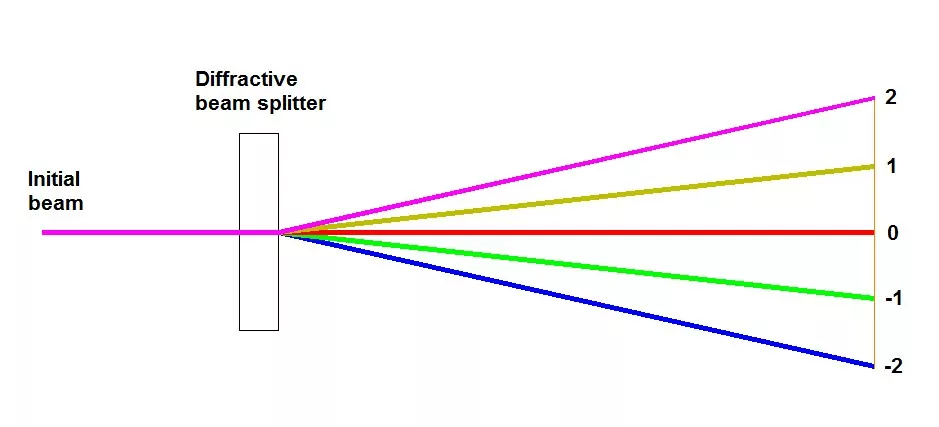
The working principles of a diffractive beam splitter are similar to diffraction grating. In the case of DOE however, the diffraction grating grooves have a more complex shape (in the case of 1D array) or the DOE can have a complex binary or analog format surface with a 3D periodic structure. The diffractive beam splitter allows the creation of any type of spot arrays (1D, 2D, or irregular) while maintaining high efficiency and uniform distribution of energy in the spots.
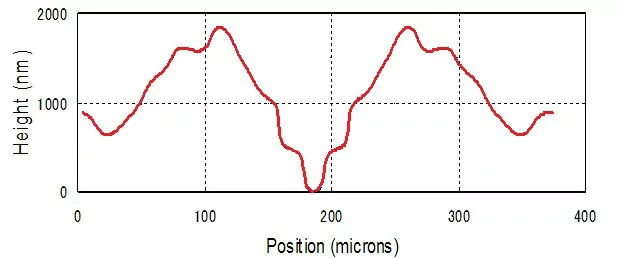
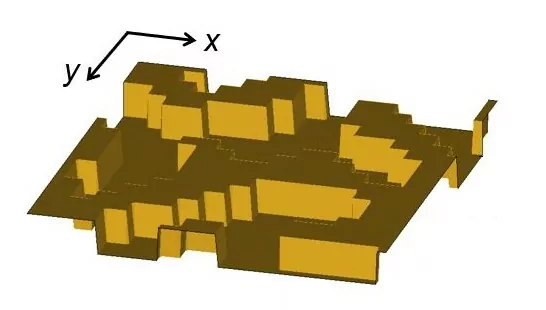
The range of applications of diffractive beam splitters is very wide. Some typical areas include:
- Laser scribing and dicing
- Laser displays
- Filters for cigarettes
- Medical/aesthetic applications
- 3-D sensors
- IR depth detectors
- Fiber optics
Depending of your application, you may benefit by using some custom made beam splitters. If you would like more information, please contact us.
